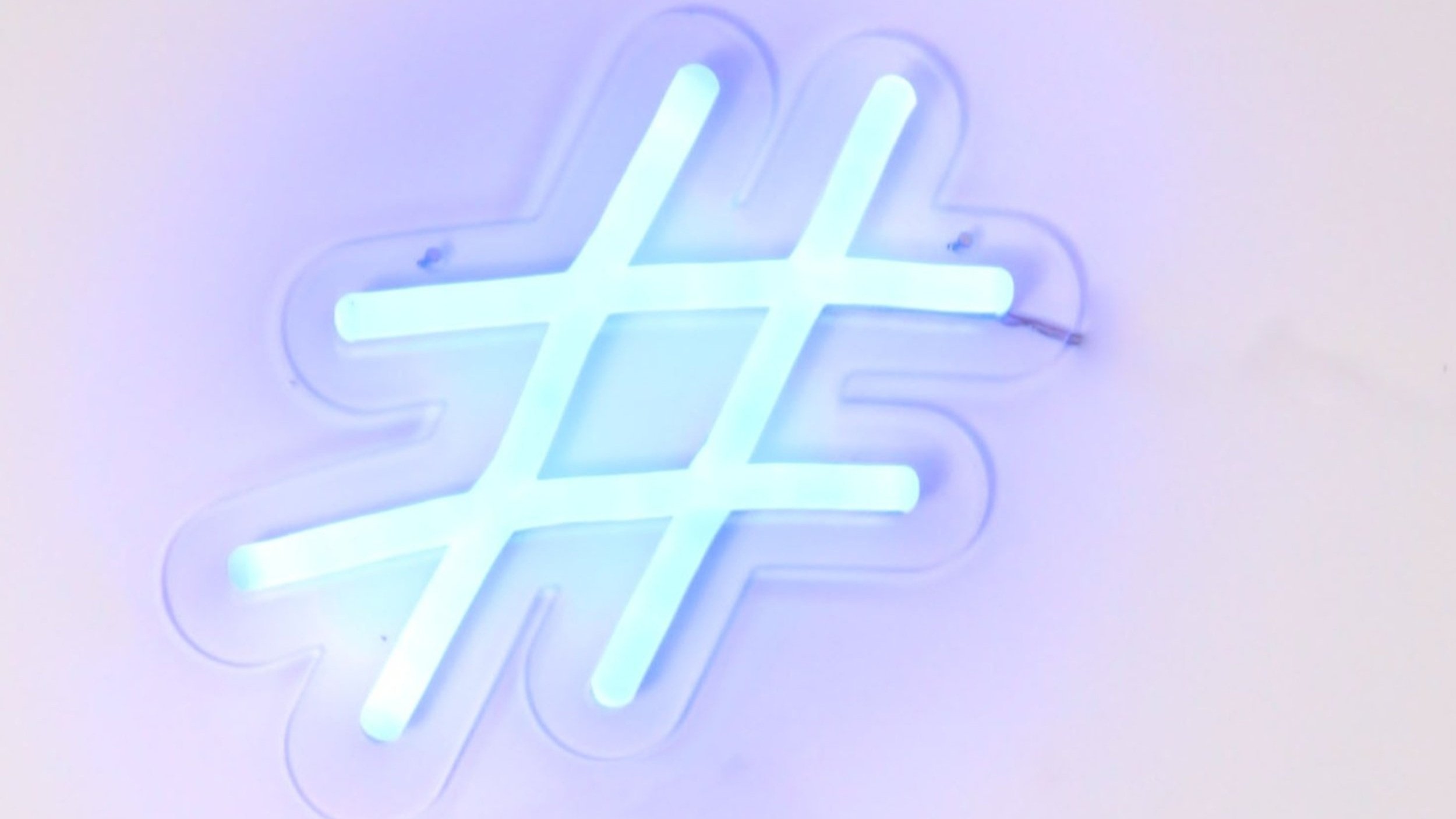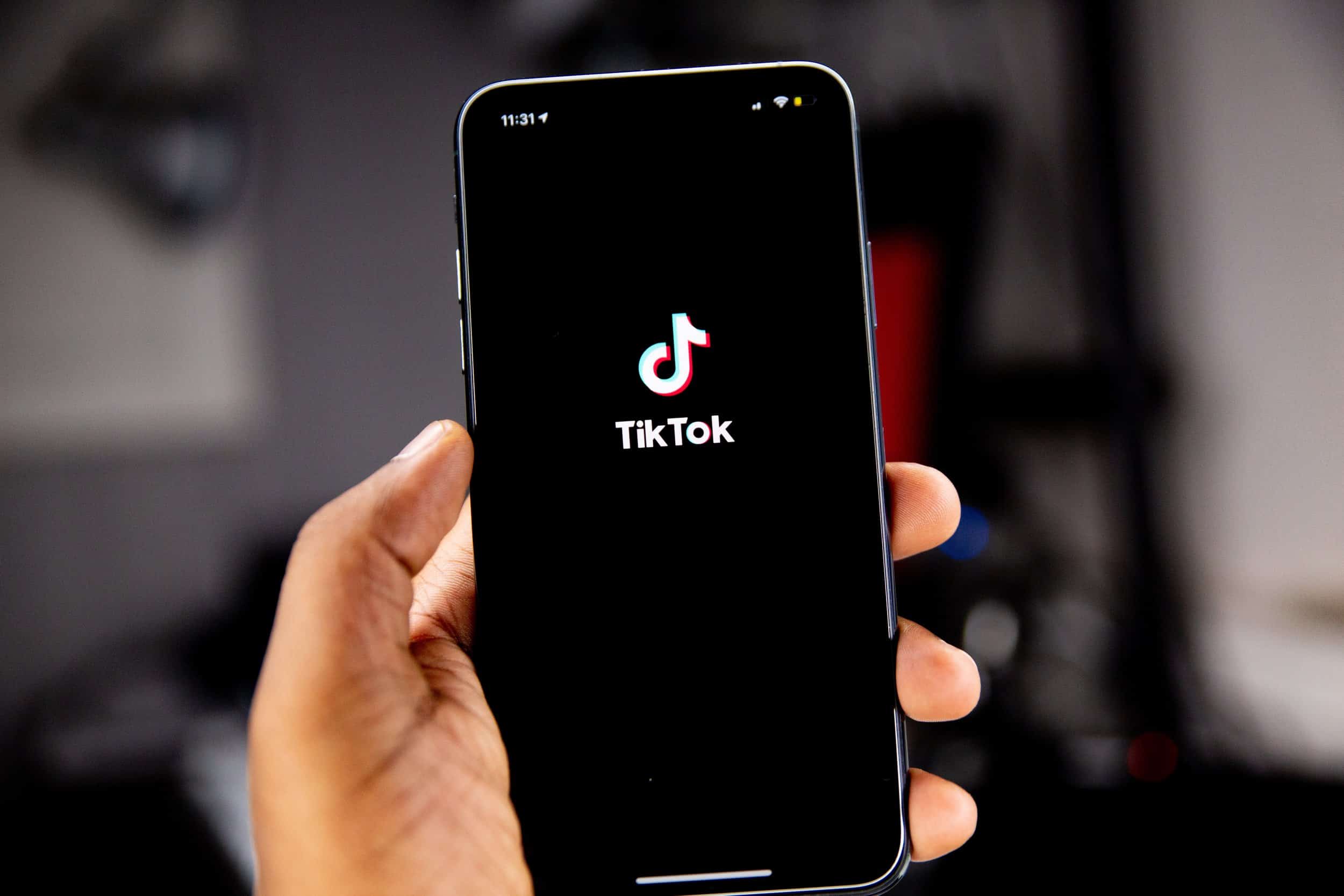How to use hashtags (and why they matter)

In the digital era, one symbol has risen to become a ubiquitous thread connecting social media platforms, marketing campaigns, and even real-life events—when was the last time you went to a wedding without a hashtag? Born on Twitter (or should we say X?) in 2007, hashtags have evolved into a potent tool, transcending virtual boundaries to infiltrate seemingly all facets of modern life.
From fueling social media engagement to organizing movements and galvanizing communities, hashtags have evolved into powerful tools for expression, exploration, and connection. They serve as virtual lighthouses, guiding users through a sea of content, and helping them discover and contribute to conversations that matter to them. From fueling social media engagement to organizing movements and galvanizing communities, hashtags have evolved into powerful tools for expression, exploration, and connection. They serve as virtual lighthouses, guiding users through a sea of content, and helping them discover and contribute to conversations that matter to them.
But all hashtags are not created equal when it comes to boosting your social’s ROI—and more is not always better, either.
Developing a customized hashtag strategy for your campaigns is key. With an ever-changing algorithmic landscape, knowing which hashtags to use, or how many to include, can be a challenge. The best solutions come from testing tactics, evaluating the data, and optimizing when necessary.
5 Tips for Developing a Hashtag Strategy
- Follow the numbers: Regularly check for the latest update on how many hashtags are recommended to use on a post for each platform. Some networks have started to limit content with too many hashtags as potential spam — LinkedIn suggests including three, for example, and Instagram’s new sweet spot is no more than four targeted hashtags.
- Test everything: What works today won’t always work tomorrow. Don’t be afraid to A/B test different tactics. For example, try including hashtags in the caption as keywords within the sentence or share them as the first comment with scheduling tools like Later or Sprout Social—the same hashtags, deployed in different ways, can lead to different results.
- Find the right mix: Using relevant keywords is the simplest way to implement hashtags into your content strategy. It’s essential to leverage broad, niche, and even trending hashtags when it makes sense. Crafting branded hashtags to build a community around your brand is essential, as is leveraging trending hashtags to join relevant conversations.
- Follow the rule of three: When thinking of hashtags to use, try to find at least one that describes your account or your brand (for example, #coffeeshop), one that describes your content (#latteart) and one that describes your audience (#coffeelovers).
- Evaluate, plus-up and/or pivot: Track the hashtags you use, especially the branded variety, and see what drives engagement. Don’t just measure based on the number of likes—dig deep into the data to see if certain hashtags are finding audiences that are saving or sharing your posts. Evaluate when there’s room for more, less, or something different, and optimize your hashtag strategy accordingly.
Hashtag best practices by platform
Facebook
Hashtags on Facebook may not be as common as on other platforms, but they can still play a significant role in expanding your reach. Aim for relevance when using hashtags on this platform. One or two well-chosen hashtags in a post are more than enough to get your content noticed by your target audience. Additionally, remember that Facebook Groups have their own hashtag ecosystems, so tapping into those can further amplify your presence.
Twitter
Twitter, the birthplace of hashtags, still thrives on them. Keep your tweets concise and use no more than two relevant hashtags per tweet to maximize impressions and engagement. Follow trending hashtags and participate in popular discussions, but always ensure your tweet adds value to the conversation. Moreover, create a unique hashtag for your brand or campaign, and use it consistently to foster a strong community and encourage user-generated content.
Instagram
Instagram is the kingdom of hashtags, where they can make or break your content’s performance. Use a mix of popular and niche hashtags that directly relate to your post to strike the right balance—yes, a hashtag like #travel has a larger potential audience, but it also has a much larger pool of competition keeping it from the top of users’ Explore pages. Research trending industry hashtags and location-based tags to attract not just a broader audience, but a relevant audience. But don’t go overboard—aim for 3-4 hashtags per post for optimal engagement.
TikTok
TikTok’s algorithm heavily relies on hashtags to showcase content to relevant audiences. Capitalize on this by using three to five trending hashtags alongside one or two branded hashtags unique to your brand or campaign. Keep an eye on the Discover page to identify the most popular hashtags within your niche and craft your content around them. Engage with other creators using the same hashtags to foster a supportive community and encourage reciprocal interactions. engagement.
LinkedIn
Since LinkedIn is a professional networking platform, focus on specific, industry-relevant hashtags that align with your post’s message and target audience. Strike a balance by incorporating a moderate number of hashtags (around three per post) to maintain professionalism and readability.
Threads
Interestingly, Meta’s new Threads platform is unique in that it does not currently support hashtags. Instagram head Adam Mossieri has announced hashtag functionality will be added in the future to enhance the platform’s discoverability and community engagement. So if you’re one of the 10 million users who signed up at launch, for the moment consider using hashtags sparingly, but only on posts that have long-term impact.
On a final note
When used strategically, hashtags can increase impressions and engagement across all social media platforms. But keep in mind that the effectiveness of hashtags can vary depending on each platform’s unique dynamics. So, stay current, track your performance, and adapt your hashtag strategy accordingly.
Happy #hashtagging!
More Blog Posts

Despite the recent introduction of legislation to ban the use of TikTok in the US, when it comes to social...

One thing that always comes up in a CKP meeting: food. Do we have a shared recipe doc for swapping...

When you hire a graphic designer to build social media assets or engage an agency to rework your branding, it...

Back in January 2020—a lifetime ago, it seems—Google announced an overhaul that would remove Internet tracking cookies within two years....

